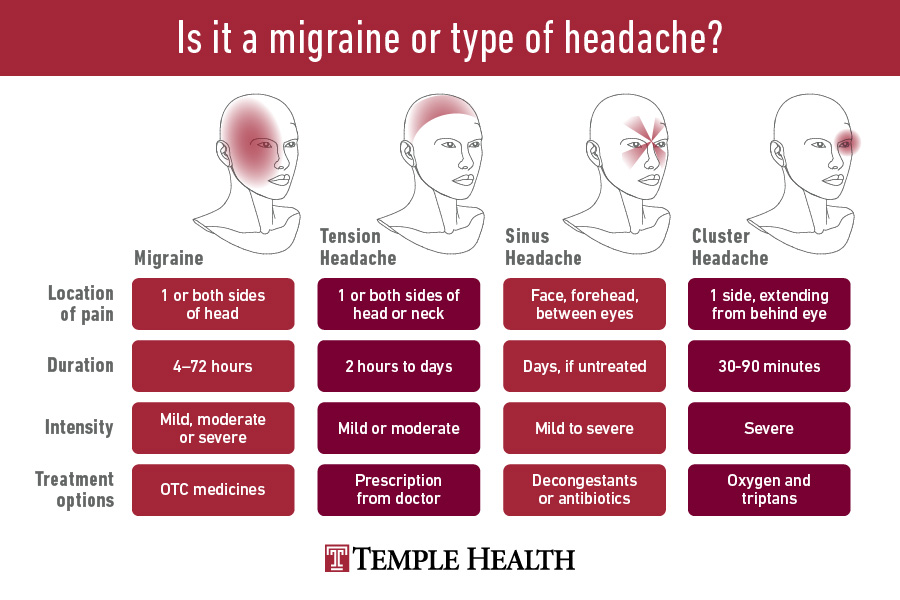

In the study, those with relapsing-remitting MS suffered from headaches more often than those with secondary progressive MS. The study of 180 people with MS found that a person’s MS type may affect whether they experience headaches. There are many reasons why a person living with MS may experience headaches. “I seem to get headaches more frequently now.”.They vary in severity, and luckily ibuprofen helps ease the pain!” “I started getting migraines and that lasted about a year.

“It seems that when a stressful situation comes up, I get a headache and my brain feels hot.”.They can be extremely painful, and on some occasions I can't function.” “I have a headache/migraine just about every day.“I’ve had a severe headache constantly for over a month, and painkillers do not get rid of them completely.”.Many MyMSTeam members discuss how headaches can incapacitate them. Trigeminal neuralgia can be associated with MS, and typically precedes the diagnosis of multiple sclerosis. This is a sharp, stabbing facial pain that usually appears in the cheek or jaw area. No cluster headaches were reported from the group, but 16 people reported a recent migraine and 23 people had recently had a tension headache.Īnother type of head pain that is not precisely a headache is trigeminal neuralgia. They’re usually located on one side of the face and are associated with eye redness, runny nose, and facial sweating on the affected side.Ī study of 180 people with MS found that 55 percent of participants had experienced headaches in the prior four weeks.

Pain from tension headaches is usually not severe.
Tension headaches are the most common headaches, and feel like a band wrapped around the head. They can last from a few hours to days at a time.  Migraines are severe headaches with throbbing or pulsating pain that is usually focused on one side of the head. Sometimes it's such a pain when it seems as if someone's head squeezed and squeezed.It can spread both across the head, and in a certain part (forehead, crown, nape).Usually such pain are not strong, however, when the constant headache of what it hurts middle or weak, it is easier for some reason does not get.A sick at the same time the head can and up to seven days.Most headaches, those associated with MS included, fall into one of three categories: migraine, tension-type headaches, and cluster headaches. In this disease headache strong and sharp, concentrated in one side in the eye and forehead.In parallel with the headache of the patient's face reddens and swells, and can run from the eye tears (on the affected side).Pain is usually so strong that people just can not stand them, becomes aggressive and can not find a place. If you constantly have a headache, and the temperature is kept at the level of 37.5 and above, it can be concluded that such a headache caused by infection.Īmong these infections may be a common cold or flu.In this case, the pain is not too strong and focused mostly in the temples or on the forehead between the eyes.Īlso a headache may accompany meningitis.In this case, it is accompanied by vomiting, muscle tension neck, as well as the general deterioration of the patient's condition.If there is the slightest suspicion of meningitis, an urgent need to call an ambulance or by any means go to the hospital! Furthermore, to say that this is a migraine, can be based on the fact that the constant headache.Such pain can not break up to three days.All the while, human performance is reduced, and he feels weak.
Migraines are severe headaches with throbbing or pulsating pain that is usually focused on one side of the head. Sometimes it's such a pain when it seems as if someone's head squeezed and squeezed.It can spread both across the head, and in a certain part (forehead, crown, nape).Usually such pain are not strong, however, when the constant headache of what it hurts middle or weak, it is easier for some reason does not get.A sick at the same time the head can and up to seven days.Most headaches, those associated with MS included, fall into one of three categories: migraine, tension-type headaches, and cluster headaches. In this disease headache strong and sharp, concentrated in one side in the eye and forehead.In parallel with the headache of the patient's face reddens and swells, and can run from the eye tears (on the affected side).Pain is usually so strong that people just can not stand them, becomes aggressive and can not find a place. If you constantly have a headache, and the temperature is kept at the level of 37.5 and above, it can be concluded that such a headache caused by infection.Īmong these infections may be a common cold or flu.In this case, the pain is not too strong and focused mostly in the temples or on the forehead between the eyes.Īlso a headache may accompany meningitis.In this case, it is accompanied by vomiting, muscle tension neck, as well as the general deterioration of the patient's condition.If there is the slightest suspicion of meningitis, an urgent need to call an ambulance or by any means go to the hospital! Furthermore, to say that this is a migraine, can be based on the fact that the constant headache.Such pain can not break up to three days.All the while, human performance is reduced, and he feels weak.








 0 kommentar(er)
0 kommentar(er)
